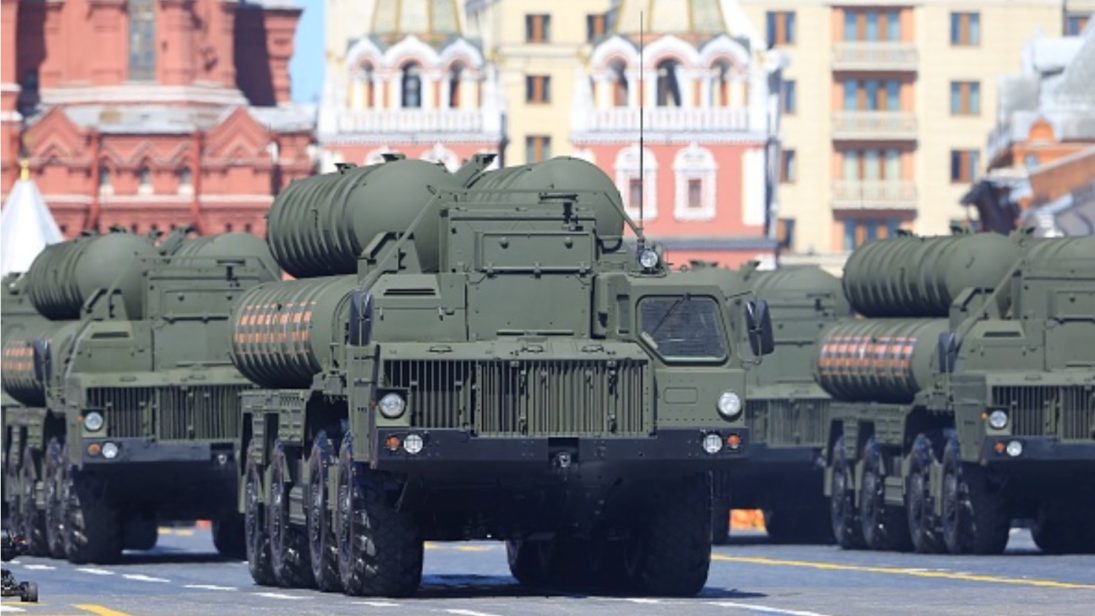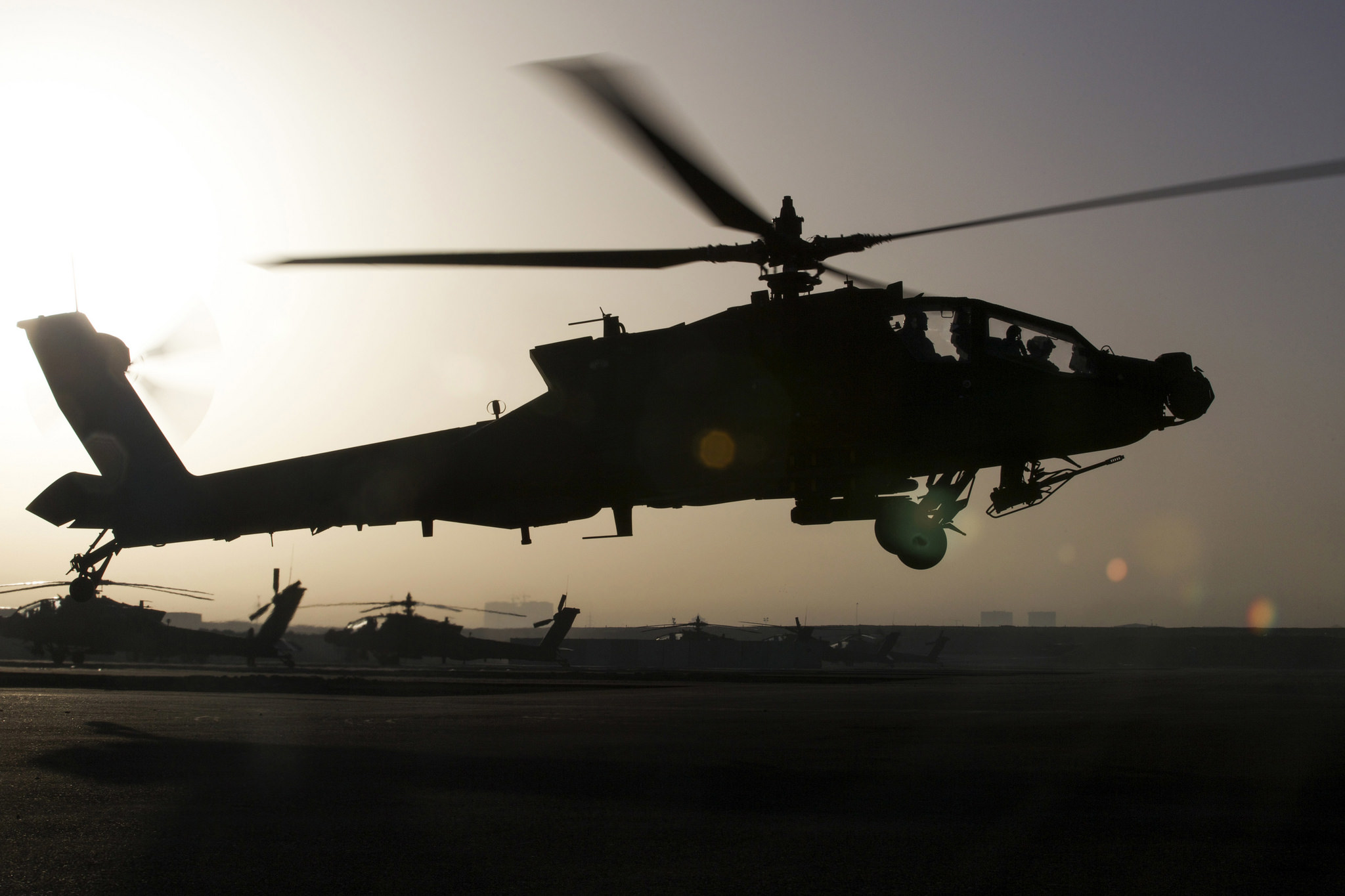
The India-United States-Russia triangular dynamics have become increasingly complicated recently. As the United States-Russia relationship has nosedived, signified by the U.S. Congress passing the Countering America’s Adversaries through Sanctions Act (CAATSA), India has sought instead to expand its defense ties with Russia, moving ahead to purchase the S-400 Triumf missile air defense system from Moscow while still working with Washington to strengthen their strategic relationship. In this context, it becomes imperative to assess this new tangle in triangular dynamics as well as the way ahead, as India attempts to balance its defense ties with both the United States and Russia.
The United States is willing to bolster India’s capabilities against China but any increase in defense engagement between India and Russia is seen as potentially affecting interoperability between India and the United States.
The bilateral defense relationship between India and the United States has become increasingly robust in the last decade: the two countries’ 2005 defense framework agreement was further extended for 10 years in 2015, with an aim to strengthen military-to-military ties. The United States has deemed India a pivotal partner in the Indo-Pacific region, developing defense ties with it to counter the common threat of a rising China. This objective was reflected in the 2015 U.S.-India Joint Strategic Vision for the Asia-Pacific and Indian Ocean Region under Obama and more recently, in U.S. Secretary of Defense James Mattis’ speech at the Shangri La Dialogue. The defense relationship was further elevated when India was designated a major defense partner of the United States in 2016. Recently, the Trump administration agreed to sell six Apache helicopters to India.

On the other hand, with Russia, India has a longstanding strategic partnership since the Cold-War days, when it signed the Treaty of Peace, Friendship and Cooperation in 1971 with the erstwhile Soviet Union. Russia is often referred to as India’s “time-tested partner,” whether in the context of its backing of India during the 1971 war or its support for India at the United Nations Security Council. Although it is now facing some competition from the United States, Russia has been India’s traditional defense supplier, accounting for 72 percent of India’s defense imports between 2000 and 2016. In 2010, the India-Russia relationship was elevated to a “Special and Privileged Strategic Partnership.”
With India expected to spend about $250 billion between 2015 and 2025 on military modernization, it makes sense for New Delhi to acquire arms and weapons from diverse sources at the best price. India is one of the most lucrative defense markets in the world, and hence it is prudent from both Washington and Moscow’s perspective to entice New Delhi into defense trade deals.
With India expected to spend about $250 billion between 2015 and 2025 on military modernization, it makes sense for New Delhi to acquire arms and weapons from diverse sources at the best price.
However, U.S. sanctions imposed on Russia through CAATSA have begun to create new problems for India. In addition to imposing sanctions directly on Russia, one of CAATSA’s provisions include the imposition of restrictions on countries that have substantial defense and intelligence ties with Russia. In this context, India clearly emerges as an unintended and indirect target of CAATSA, given India’s strong defense relationship with Russia.
This is also taking place at a time when the Washington-Moscow relationship is not in good shape whereas the United States is helping build India’s defense capability as part of their collaboration in the Indo-Pacific region. The United States is willing to bolster India’s capabilities against China but any increase in defense engagement between India and Russia is seen as potentially affecting interoperability between India and the United States. However, India is also planning to purchase the S-400 Triumf anti-ballistic missile system from Russia, worth $4.5 billion, to enhance its air defense capabilities vis a vis China–the missile may prove to be a deterrent against Pakistan and China with its panoramic radar that can detect a plane at a 600-km distance and can also launch eight missiles at a time with a much faster speed than almost any other aircraft.
It is not easy for India to abandon its defense relationship with Russia…according to the Stockholm International Peace Research Institute, Russia supplied 68 percent of India’s arms imports from 2012 to 2016, compared to the United States’ 14 percent in the same period.
The United States seems unhappy with the deal, for reasons outlined above. However, it is not easy for India to abandon its defense relationship with Russia. Although recent deals with the United States and France demonstrate that India is trying to diversify its defense imports, the largest share of the cake is still taken by Russia–according to the Stockholm International Peace Research Institute, Russia supplied 68 percent of India’s arms imports from 2012 to 2016, compared to the United States’ 14 percent in the same period. Russia has equipped India with aircraft, frigates, and other military equipment in the past and both countries jointly developed the BrahMos cruise missiles. This clearly reflects the reality that India cannot just abandon its relationship with Russia. At this juncture, the priority for India is to balance between the great powers, while at the same time fulfill its defense needs at minimum cost.
Members of the Trump administration seem to be taking measures to ensure CAATSA does not affect the United States-India relationship. This was reflected by Mattis’ comments to the U.S. Congress that “national security exceptions” must be made to CAATSA, which would allow India and Russia to trade without any restrictions. However, others such as Chairman of the Senate Armed Services Committee, William Thornberry, have indicated that even if sanctions are not placed on India as part of CAATSA, it may impact U.S. giving advanced technology, such as Predator drones, to India.
Transfer of technology is a major impediment that has created differences between New Delhi and Washington, which needs to be resolved quickly if Washington wants New Delhi to limit its defense interaction with Moscow.
Despite the burgeoning defense ties between India and the United States, India cannot jeopardize its traditional arrangement with Russia because of its continued dependency on the latter for defense equipment, even today. Transfer of technology is a major impediment that has created differences between New Delhi and Washington, which needs to be resolved quickly if Washington wants New Delhi to limit its defense interaction with Moscow. Managing both partners at the same time while also fulfilling its defense requirements will test India’s diplomatic balancing act. But as India builds up its military capability to counter China, it will need resources from all quarters. Any traction for New Delhi is also limited by the fact that it has no influence whatsoever on the fate of United States-Russia ties. Given the evolving geopolitics of the Indo-Pacific region, in which India is finding more strategic convergence with the United States, the CAATSA-S-400 tangle indicates that New Delhi’s ability to balance its great power relationships might be increasingly tested.
***
Image 1: Sefa Karacan/Anadolu Agency via Getty Images
Image 2: U.S. Army photo by Spc. Craig Jensen via Flickr Images


